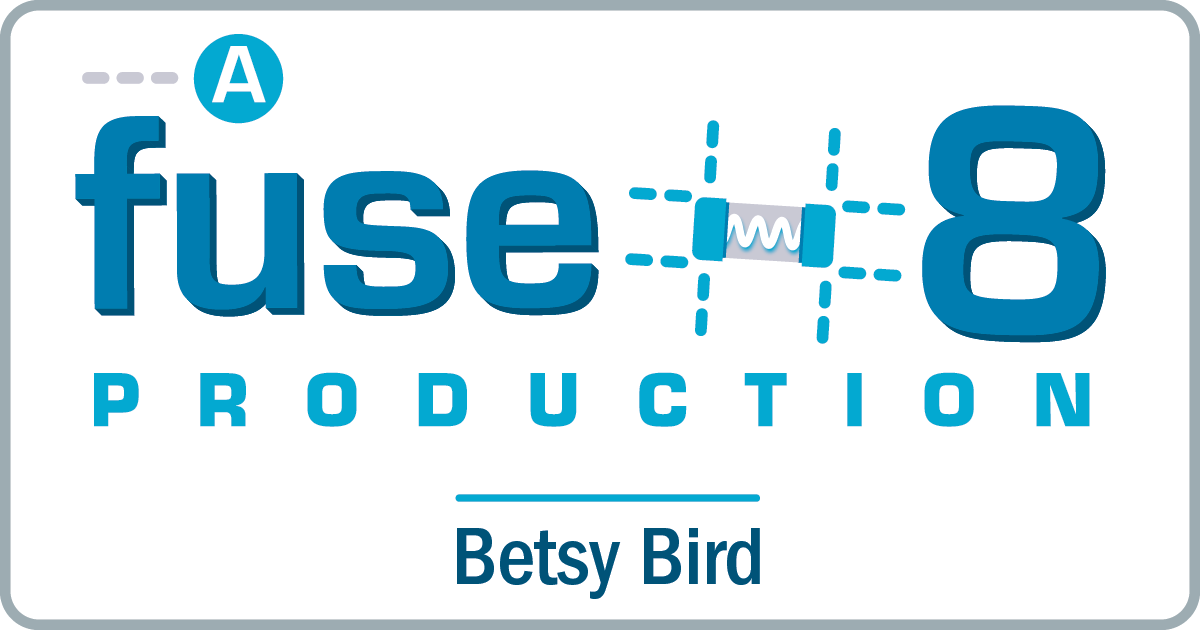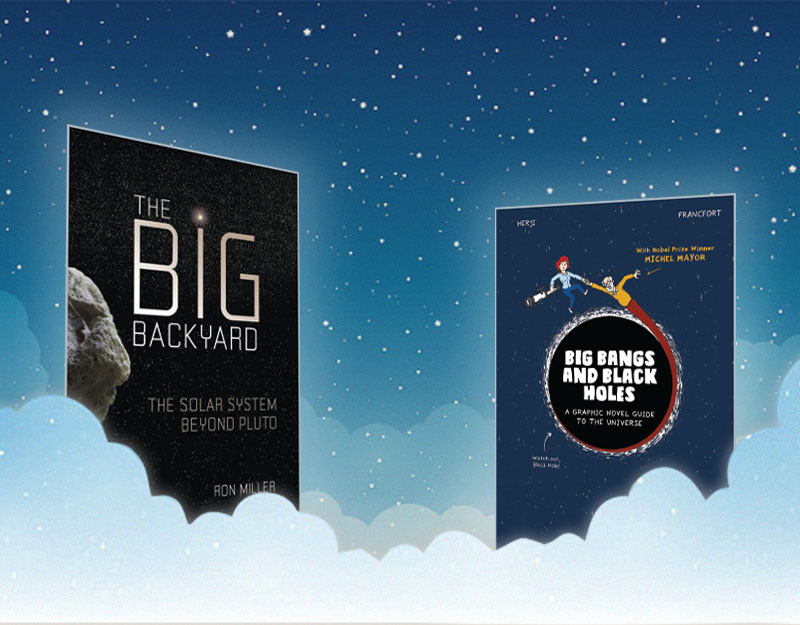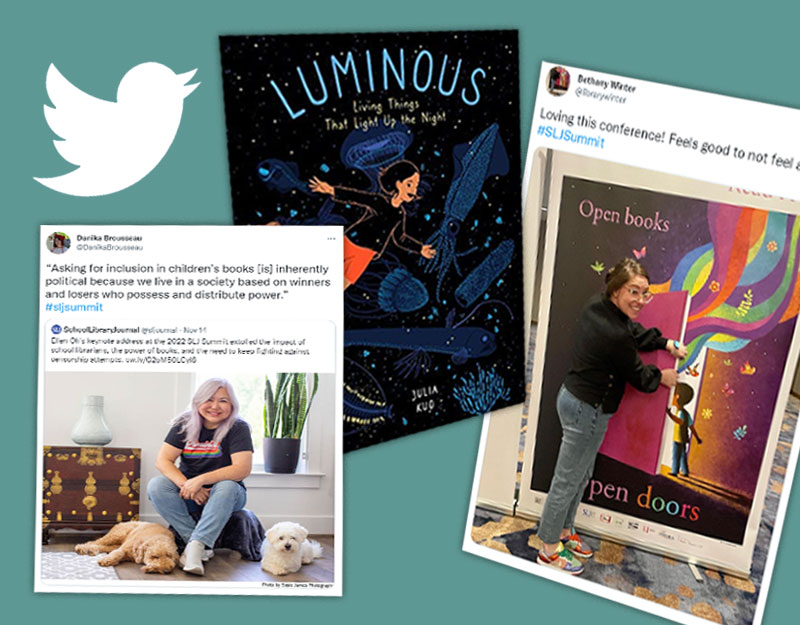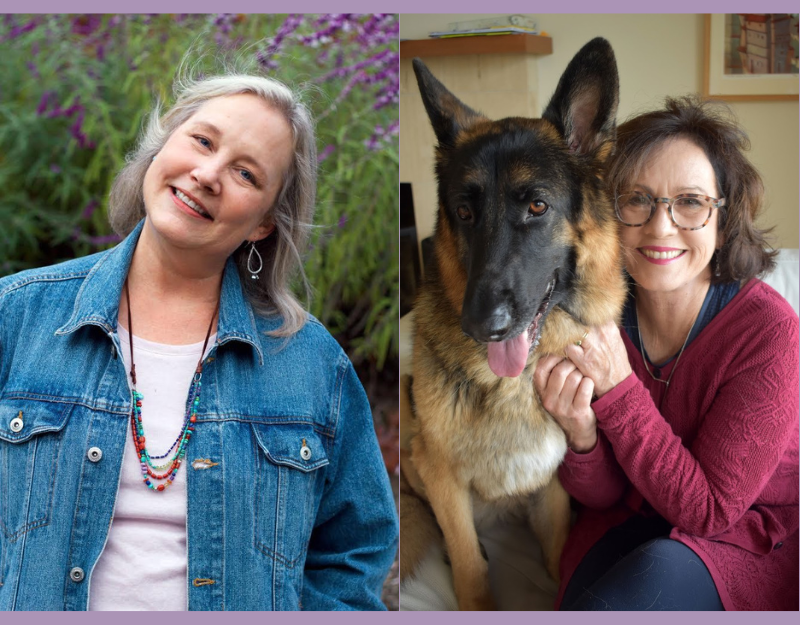“… A relationship of reciprocity with the Earth.” Diana Sudyka Discusses Her New Picture Book, Little Land
Have I mentioned before that I live in a magical land full of children’s book creators? No, it’s not Amherst, MA (though that region’s propensity for luring people in is a bit eerie). Evanston, Illinois isn’t known for much outside of Northwestern University, but dig a little deeper and you’ll find a plethora of talent. Caldecott Honor winners like Cozbi A. Cabrera, international stars like Jeff Garrett and Junko Yokota, talents like Jarrett Dapier, and even former librarians that get whole awards named after them (Mildred A. Batchelder). And in the midst of all this you have Diana Sudyka. A creator so steeped in nature that it’s impossible to extricate her art from its inspiration, she’s coming to us this year with Little Land, a book she has both written and illustrated. Its publisher, Little, Brown & Co, describes it this way:
“Do you know a little bit of land? It could be smaller than you expect. But its importance is bigger than you know. From the prehistoric past to the dramatic environmental change of right here and now, the land has countless stories to tell. You, too, are a part of the land. Listen, and you will understand what it needs to stay in balance.
A breathtaking exploration of the connections between life and land central to the past, present, and future of our planet, Little Land invites young readers to think about ways in which they engage with the environment in their own lives.”
I’m not interviewing Diana today because she’s local. I’m interviewing her because she’s awesome. The Evanston connection is just a nice plus.
Betsy Bird: Diana! Lovely, as always, to talk to you. Your books have always enjoyed some connection to nature and the land on their pages, but never so overtly as now. Tell me, what was the inspiration for this particular book? Where did the impetus to write it come from?
ADVERTISEMENT
ADVERTISEMENT
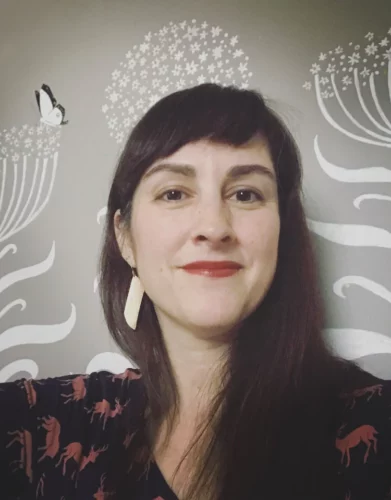
Diana Sudyka: Hi Betsy! Thanks so much for this opportunity to talk about Little Land! In a general sense, the book came out of my experiences of the last 10 years or so to learn about the natural history of where I grew up and live in northeastern Illinois. I had been seeking a deeper connection to place.
There are these blue flowers that appear throughout the book that are inspired by a real flower: the fringed gentian. It’s native to the Midwestern prairie, but not common. It has this remarkable bright ultramarine blue bloom every other year. It became a sort of catalyst for what I wanted to say about our relationship to land, in that some years ago my family and I were hiking at a local preserve. This is a place we have visited often, getting to know it very well, but in prior years it was a site that had been used for agriculture, and then used as a landfill. Since that time, though, through the hard work of many volunteers, conservationists, and other land stewards, it’s been slowly brought back to life. On this day, I came across a fringed gentian blooming, and I got quite emotional. I had never seen one before. It was so beautiful, but also, I knew what that flower needed to exist at that site. It was there because many people cared for that bit of land. They understood and listened to its natural history; a history that extended far beyond our own history, and I was moved by that.
BB: You write in your Author’s Note that “Earth has always shared its gifts with us and how we need to give back to it in return. This story is about how believing in that concept leads to cultivating connection…” What are you hoping kids will take away from this? How would you like them to connect with the material?
DS: I had been reading Robin Wall Kimmerer, specifically her book Braiding Sweetgrass. She is a biologist, writer, and member of the Potawatomi Nation. It is her writings about place, and the concept of reciprocity and how that applies to our relationship with land that I find so resonant. The idea that the Earth is alive and has its own ancient history, that it’s always been providing for us, and that we could and should reciprocate that generosity back to the Earth. It is necessary to reciprocate for balance, especially in a world with human caused climate change and rapid loss of biodiversity.
These are the messages that I want to convey to the youngest amongst us with this book. Things like climate change are overwhelming, but that there are still things that we can do to help and forming a connection to place and a relationship of reciprocity with the Earth are at the foundation. It is my hope that children (and adults!) will come away from the book inspired to learn about the natural history of where they live, and in turn engage with it in some reciprocal way.
BB: You do something in this book that I haven’t really seen before. As the humans abuse the land, the images begin to tilt in such a way that everything turns upside down. It feels like this would be a tricky thing to manage on the page, let alone to paint. Where did you get the idea to do this, and were there any particular challenges in bringing it to life?
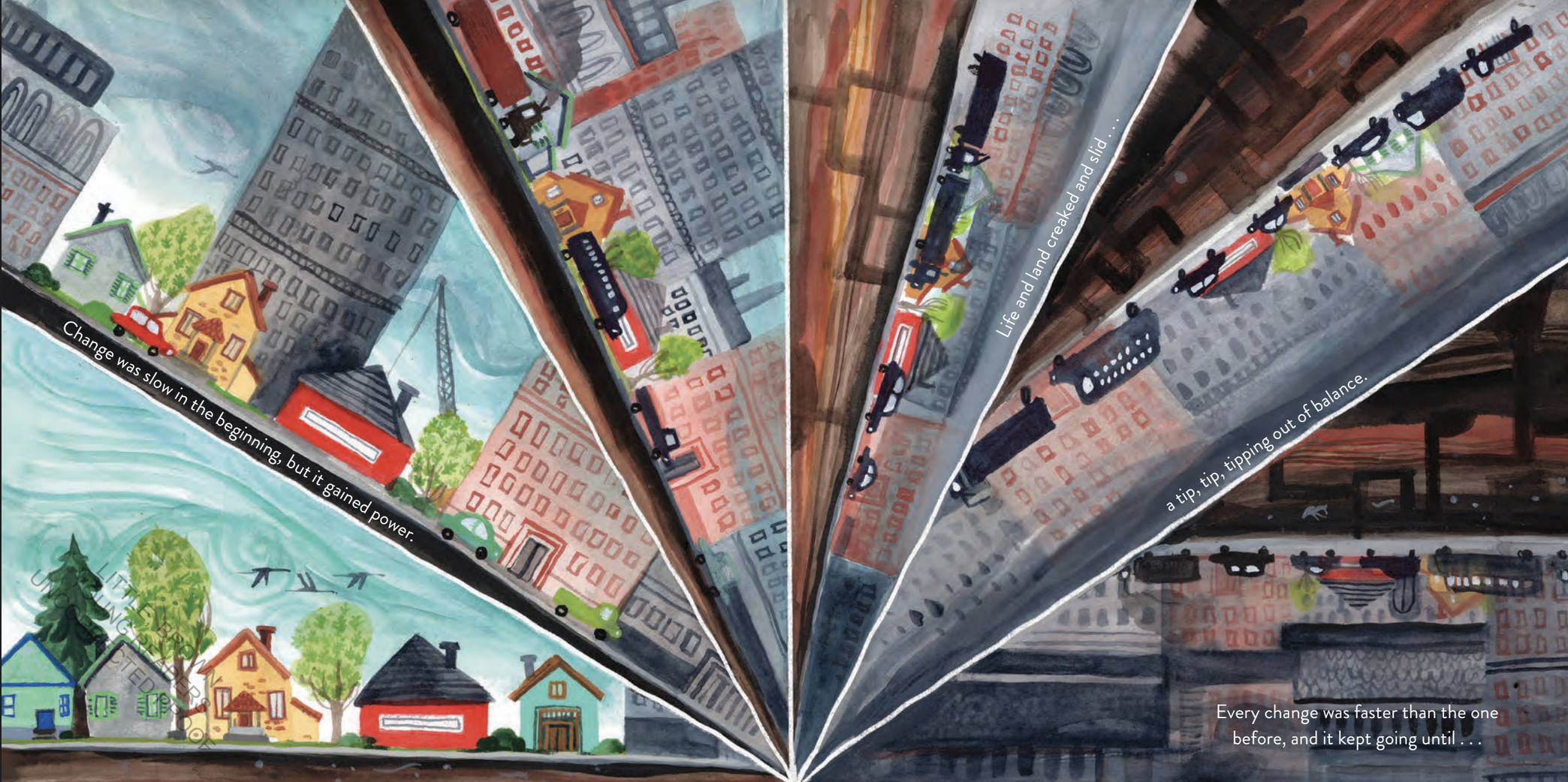
DS: The challenge was to find a visual metaphor that could dramatically and clearly convey imbalance, and rapid change to a young child without overwhelming them. And I thought a child can understand that kind of shift in perspective, a dramatic change in view that can be achieved from just bending over or doing a somersault.
Initially when I pitched the book, the scenes in which the land turns upside down were conveyed via a sequence of isolated vignettes. While the upside-down-ness was an effective visual metaphor, the vignettes seemed to make it too “quiet”. Through various drafts, though, it evolved into full spread illustrations wherein they are divided into these pie shaped sections that show a sequence of events. It’s almost like a book placed on n a table with its pages fanning open.
ADVERTISEMENT
ADVERTISEMENT
BB: LOVE the backmatter in your book, by the way. You’ve got everything from a Glossary to a listing of the animals and plants in the book to different epochs on Earth, to a list of additional resources. It’s incredible! Did you always have a plan to include this information in the back or did the idea come up later?
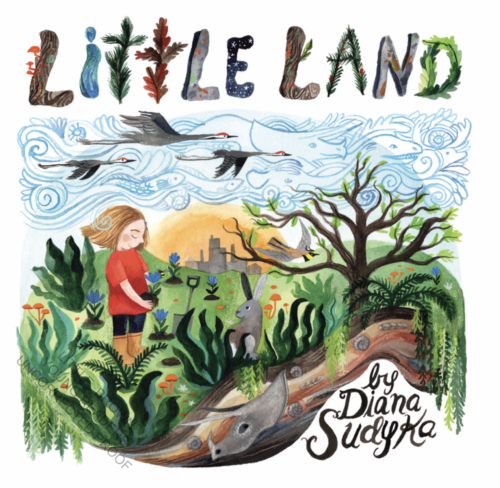
DS: Thank you! That means a lot because much work was put into making sure that it was thorough and as accurate as possible. It was always part of the plan, even if I was intimidated by the thought of putting it together. The trickiest thing was nailing down the dates for various epochs depicted in the story, as well as a general human timeline: e.g., when the first “modern” humans appeared, when did humans first cross over to the Americas. The research is changing all the time.
BB: Finally, what else are you working on these days? What can we look forward to?
DS: I am working on a second author/illustrator book with Little Brown for Young Readers that should be quite different from Little Land, and I am excited to have a little fun. I am also wrapping up work on a wonderful book by Jordan Scott called Angela’s Glacier. I have been awash in every shade of blue in making the watercolor illustrations for it, and it’s been lovely.
Thanks again, Betsy!
The good news is that you won’t have to wait too long to see a copy of Little Land yourself. It’s due out April 11th, just in time for Earth Day, so pre-order your copies with your favorite independent bookstore (or library!) today. Thanks to Diana for so patiently answering my questions and to Victoria Stapleton and the team at LB&Co. for helping to put this together.
Filed under: Interviews
About Betsy Bird
Betsy Bird is currently the Collection Development Manager of the Evanston Public Library system and a former Materials Specialist for New York Public Library. She has served on Newbery, written for Horn Book, and has done other lovely little things that she'd love to tell you about but that she's sure you'd find more interesting to hear of in person. Her opinions are her own and do not reflect those of EPL, SLJ, or any of the other acronyms you might be able to name. Follow her on Twitter: @fuseeight.
ADVERTISEMENT
ADVERTISEMENT
SLJ Blog Network
Name That LEGO Book Cover! (#53)
Exclusive: Vol. 2 of The Weirn Books Is Coming in October | News
Fighting Public School Book Bans with the Civil Rights Act
North Texas Teen Book Festival 2024 Recap
ADVERTISEMENT

